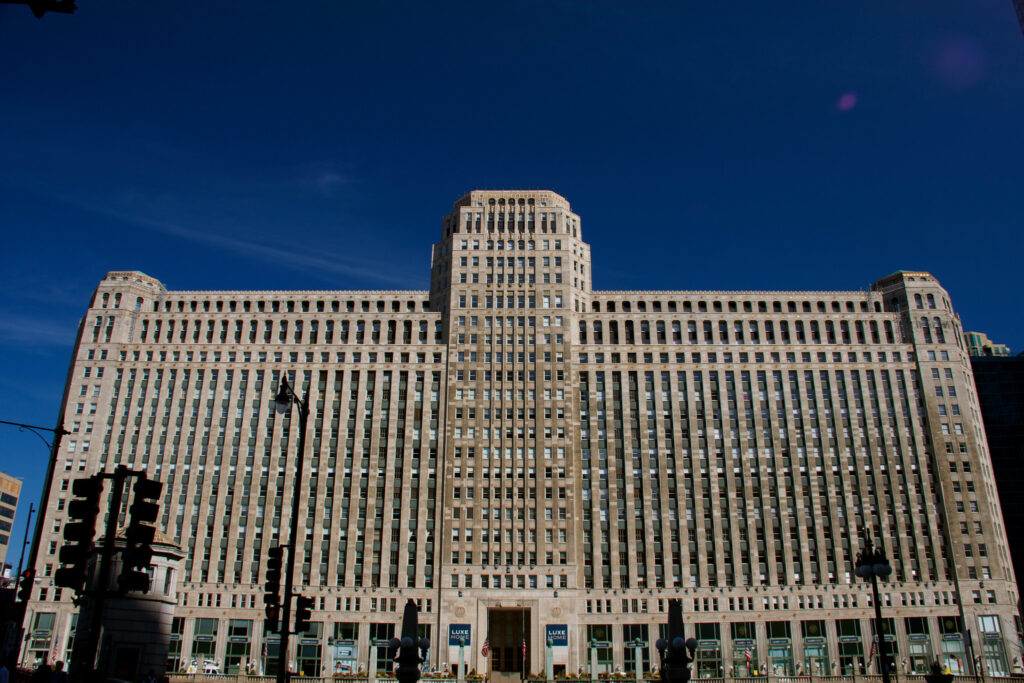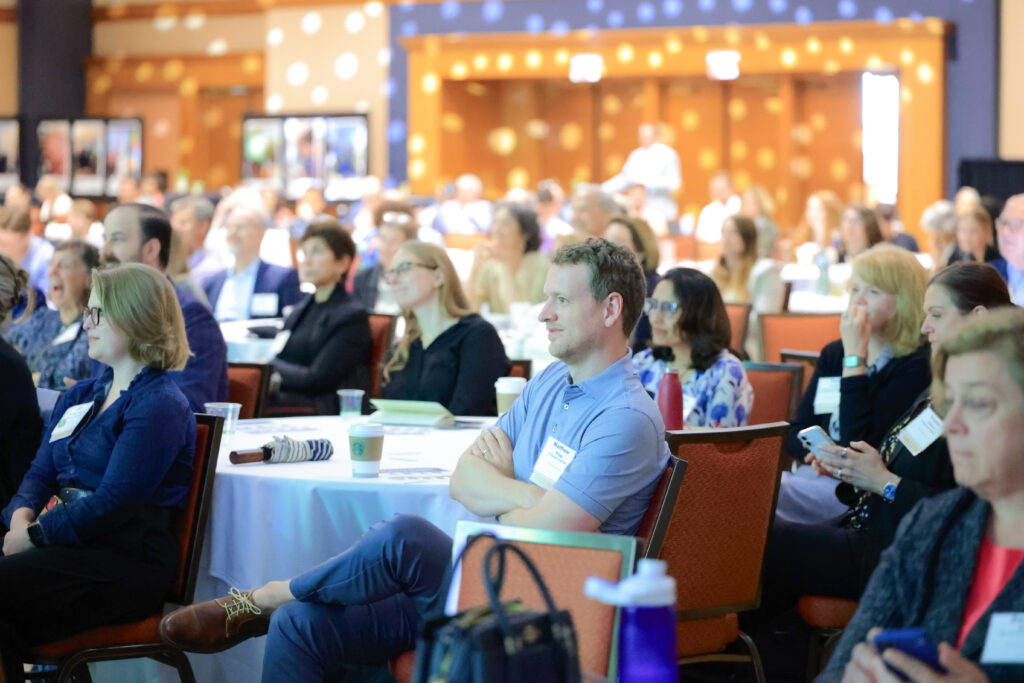In the global pursuit of sustainable practices, cities are taking bold steps to address climate change and transition towards a circular economy. New York City, one of the world’s most iconic metropolises, has implemented a groundbreaking piece of legislation known as Local Law 97. This law is designed to curb greenhouse gas emissions from buildings, and its implications extend far beyond environmental concerns. Local Law 97 has the potential to reshape the city’s approach to reuse and foster the growth of a circular economy. In this blog post, we will explore the significance of Local Law 97 and its transformative impact on the reuse sector in New York City.
Understanding Local Law 97
Local Law 97, passed in 2019 as part of New York City’s Climate Mobilization Act, aims to reduce greenhouse gas emissions from buildings, which account for nearly 70% of the city’s total emissions. The legislation sets stringent carbon intensity limits for buildings over 25,000 square feet, starting in 2024. Carbon intensity, a measure of clean electricity, refers to how many grams of carbon dioxide are released to produce a kilowatt hour of electricity. Fossil fuel-generated electricity has a high carbon intensity, and renewable electricity sources (wind, hydro, or solar power) have low or zero carbon emissions. The law sets different limits for 10 different categories of buildings based on a building’s occupancy classification (for example, residential buildings have different limits from health care and education buildings) and will be further tightened in 2030 and 2050.
Implications for reuse
Local Law 97 goes into effect starting in 2024 and has some major implications on the built environment and construction industry. And while the law doesn’t set specific limits or guidelines around embodied carbon, businesses working to adhere to the new regulations have a lot to gain by embracing reuse.
Retrofitting and renovation opportunities:
Local Law 97 encourages building owners to improve energy efficiency, reduce emissions, and meet the prescribed carbon intensity limits. This will lead to a surge in retrofitting and renovation projects, creating opportunities for incorporating reuse principles. Rather than demolishing and replacing entire structures, building owners can focus on retrofitting existing buildings by reusing materials, salvaging components, and adopting sustainable design practices.
Deconstruction and salvage:
As buildings undergo retrofitting or demolition to meet Local Law 97 requirements, deconstruction practices become crucial. Instead of traditional demolition methods that generate vast amounts of waste, deconstruction prioritizes careful dismantling and salvaging of materials. Reusable elements, such as doors, windows, flooring, fixtures, and even structural components, can be repurposed in new construction projects or sold to salvage yards, thereby reducing waste and the need for virgin materials.
New York City isn’t the only city creating policy supporting deconstruction. The City of San Antonio, Texas adopted an ordinance mandating certain projects seeking a demolition permit to be fully deconstructed as opposed to mechanically demolished. With the approval of the ordinance, San Antonio became the largest city in the country to ensure that valuable materials are salvaged for reuse instead of crushed and landfilled. The ordinance went into effect on October 1, 2022.
Circular material supply chains:
Local Law 97 encourages the establishment of circular material supply chains within the construction and building sectors. Reuse centers and material exchanges can play a pivotal role in facilitating the circulation of reclaimed and salvaged materials. By connecting suppliers, contractors, and designers, these platforms contribute to a thriving ecosystem where materials are given a second life, reducing reliance on resource-intensive manufacturing processes and minimizing environmental impact
Interested in joining a circular marketplace powered by Rheaply? Check out our Circular Cities page to learn more.
Job creation and economic opportunities:
Embracing the circular economy principles necessitated by Local Law 97 will lead to the growth of new industries and job creation. Reuse and deconstruction practices require skilled labor, ranging from architectural salvage specialists to materials engineers. The circular economy can foster entrepreneurship, providing opportunities for local businesses specializing in reuse, repair, and repurposing of building materials.
Scaling organizational reuse
New York City’s Local Law 97 represents a paradigm shift in the urban landscape by mandating the reduction of greenhouse gas emissions from buildings. Beyond its environmental implications, the law serves as a catalyst for the adoption of circular economy practices, emphasizing the importance of reuse and sustainable material management. By prioritizing retrofitting, deconstruction, salvage, and the establishment of circular material supply chains, Local Law 97 presents an opportunity for New York City to lead the way in building a more sustainable and resilient future. The transition to a circular economy not only mitigates climate change but also fosters economic growth, job creation, and a more efficient use of resources. Through the implementation of Local Law 97, New York City demonstrates its commitment to a greener, more circular future, inspiring other cities to follow suit and take ambitious steps toward sustainability.
While Local Law 97 focuses primarily on buildings, it is essential for individuals and businesses to take things one step further and consider the implications of reusing furniture, fixtures, and equipment at scale. By actively seeking out second-hand options, refurbishing existing pieces, and supporting circular business models, we can significantly reduce the embodied carbon emissions associated with the production of new items. Let us all embrace the transformative power of reuse, both in our built environment and the products we use, to create a sustainable future for generations to come. Together, we can build a circular economy that minimizes waste, conserves resources, and preserves the beauty of our planet.


